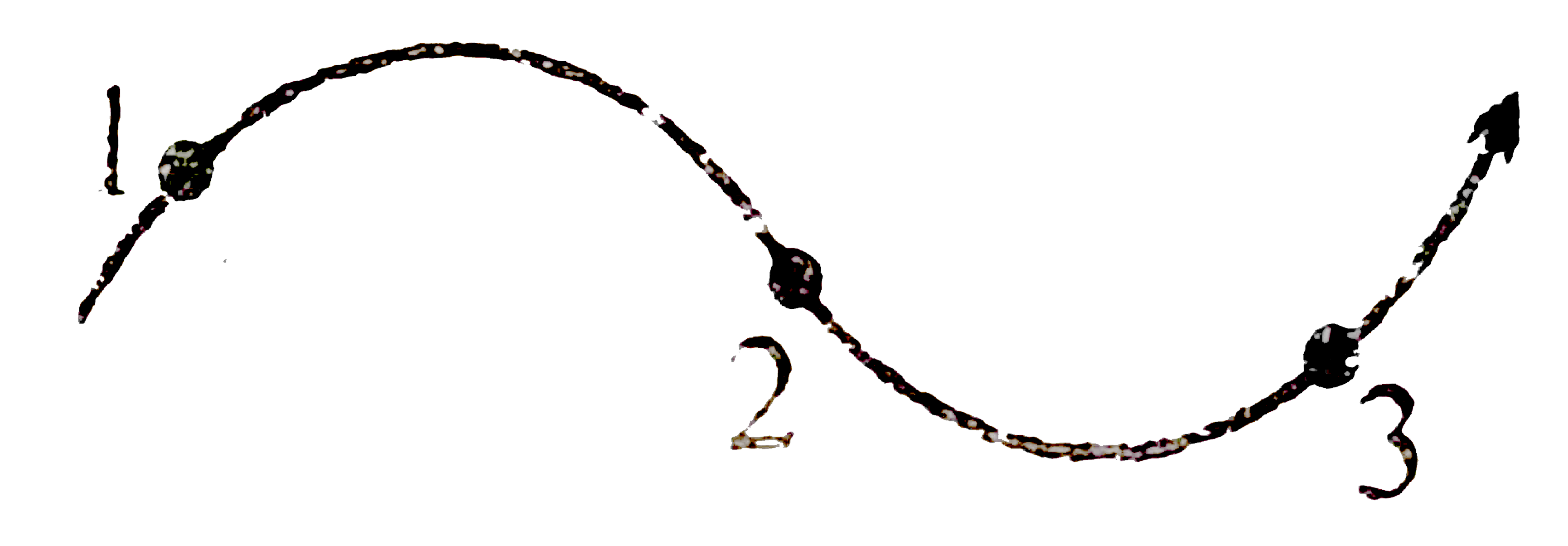Can force determine the direction of motion ? Direction of acceleration ?
No , force cannot detemine of motion. Yes, force determine the direction of acceleration for example , in circular motion force is directed toward the centre but the motion is along the tengent but acceleration is deffinitely along the normal which is the direction of the force .
Topper's Solved these Questions
- NEWTON'S LAWS OF MOTION 2BOOK - CENGAGE PHYSICSCHAPTER - NEWTON'S LAWS OF MOTION 2EXERCISE - Subjective
21 Videos
- NEWTON'S LAWS OF MOTION 2BOOK - CENGAGE PHYSICSCHAPTER - NEWTON'S LAWS OF MOTION 2EXERCISE - Single Correct
87 Videos
- NEWTON'S LAWS OF MOTION 2BOOK - CENGAGE PHYSICSCHAPTER - NEWTON'S LAWS OF MOTION 2EXERCISE - Exercise 7.2
16 Videos
- NEWTON'S LAWS OF MOTION 1BOOK - CENGAGE PHYSICSCHAPTER - NEWTON'S LAWS OF MOTION 1EXERCISE - Integer
5 Videos
- PROPERTIES OF SOLIDS AND FLUIDSBOOK - CENGAGE PHYSICSCHAPTER - PROPERTIES OF SOLIDS AND FLUIDSEXERCISE - INTEGER_TYPE
2 Videos
Similar Questions
Give an example of a case in which an object's velocity is zero but its acceleration is not. Can an object's velocity ever be in a direction other than the direction of its acceleration? Explain.
View SolutionCan force change only the direction of motion without any change in speed of an object? If yes, how?
View Solution
Knowledge Check
Lenz's law determines the direction of
APotential differenceBcurrent in the circuitCinduced current in the circuitDNone of the aboveIn Ques.8, the direction of acceleration is
Aaway from the centreBalong the tangent to the circleCtowards the centre and along the radius of the circleDvariableStatement I Acceleration of a moving particle can be changed without changing direction of velocity.
Statement n If the direction of velocity changes, so the direction of acceleration also changes.AStatement I is true, Statement II Is true, Statement II Is the correct explanation for Statement I.BStatement I Is true, Statement II is true, Statement II Is not the correct explanation for Statement I.CStatement I Is true, Statement II Is false.DStatement I Is false, Statement II Is true.
Assertion: A uniform circular motion is an acceleration motion.
Reason: Direction of acceleration is parallel to velocity vector.
View SolutionThe body moves along a curved trajectory (fig.) determine the possible direction of the acceleration at points 1, and 3. consider the case of uniformly accelerated motion.

View SolutionWhen the angular velocity of a particle performing circular motion is decreasing in anticlock wise direction then the direction of angular acceleration will be
View SolutionThe temperature determines the direction of net change of
View SolutionThe temperature determines the direction of net change of
View Solution
